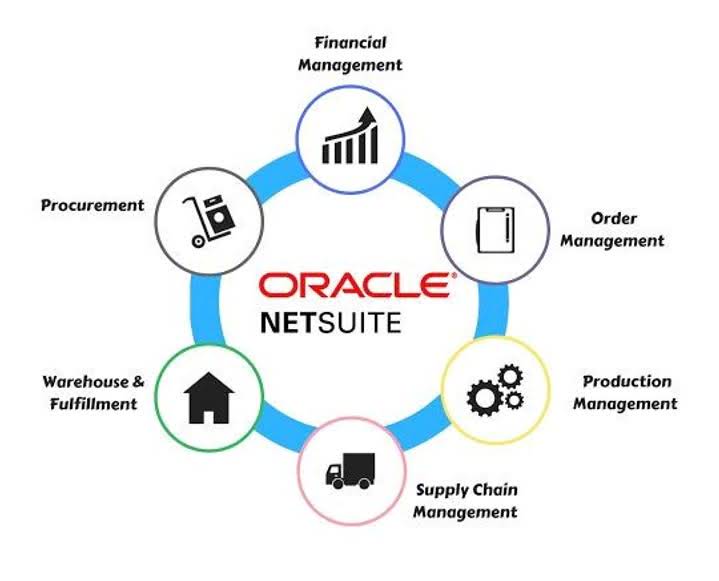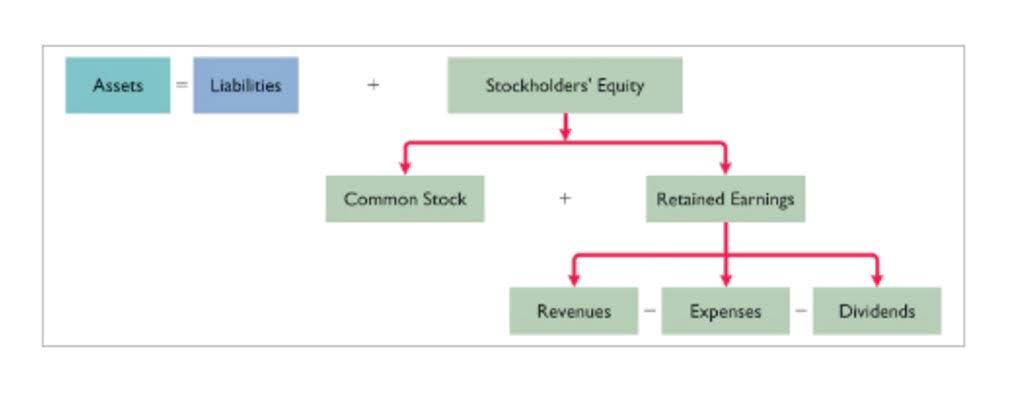
However, as a lawyer, your priority should be focusing on legal matters, not dealing with the complexities of accounting. Imagine it as a detailed ledger where every expense, revenue source, and asset is categorized. Whether it’s the deposit you’ve received for a new case, the cost of new office equipment, or the revenue adjusting entries from a successful settlement, everything gets neatly filed under the right account. Below is a breakdown of what each category means and how to implement each into your firm’s accounting chart.
Customization for Specific Legal Practice Areas
If you’re managing and reconciling client advances or trust funds, investing in lawyer-specific tools is essential to streamline this process—ensuring that all transactions are recorded securely. Further, tailor these financial measures to suit your client’s practice’s needs. Your firm’s various financial accounts are organized under these categories.
Legaltech and the future of Lawyers!

Instead, the credit and debit should be marked as an interest payable account. This will ensure that your client’s records will accurately reflect what those funds are for in the IOLTA account. In case your client refers clients to other professionals, they may receive referral income. This income should be recorded on the Chart of Accounts for the law firms as ‘Other income’ because it does not actually come from practicing the law. On the profit and loss statement, it should not be listed at the top with all the other income earned from the main business. This is because a professional legal bookkeeper and accountant can help you manage your firm’s revenue and ensure your firm’s financial transactions are handled ethically and accurately.
Key financial statements for lawyers
- Records can include bank statements, checkbook registers, and any supporting documents related to the account.
- Develop a rigorous reconciliation routine that sets a high standard for financial accuracy.
- For example, you can’t use money from trust fund accounts to pay off utility bills if you haven’t earned that money.
- All state bar associations require every law firm to list detailed and accurate records of all incoming and outgoing money from trust accounts.
Law firm accounting is significantly complex, given the nuance and detail needed to track transactions. However, additional payment methods and legal payment processors lead to more compliance requirements. Consider trusted solutions law firm chart of accounts like LawPay’s payment processing software, which includes built-in compliance. While accrual accounting is great for looking ahead, it’s not an ideal method for monitoring your cash flow or seeing how much cash you have.
Managing Trust Accounts
This helps track and review transactions, which is particularly useful during audits or when investigating discrepancies. It also simplifies the generation of financial statements, saving time and ensuring accuracy. Accounting for law firms may be new or challenging to you, but it doesn’t have to be scary. What’s most important is that you get the details right so that you can stay compliant with ethics rules and help your firm grow to its full potential.

What is a Law Firm Chart of Accounts?

It has sections for things like assets, debts, property, income, and costs. This structure is very important for law companies because it need to be able to handle things that are unique to law, like trust accounting and matter-based billing. Also, certain complex transactions, such as those involving client trust funds or partner distributions, require an understanding of both legal and accounting principles. Misclassification of transactions can lead to inaccurate financial reports and potential regulatory issues.
- Aim for solutions tailored specifically to legal professionals so they can best meet their unique accountancy needs.
- Use legal billing software or legal practice management software (like Clio, CosmoLex, or LeanLaw) to connect time-tracking, invoicing, and trust fund accounting in one workflow.
- Liabilities are an extensive set of accounts that show the debts and obligations a company owes to outside parties.
- In other words, do you want to use one Fee Income account or establish separate accounts to track fee income?
- By following this 6-step guide and customizing your chart of accounts to reflect the unique needs of legal practice, you create a system that’s efficient, ethical, and audit-ready.
The goal is to create an accounting system that can adapt to your firm’s evolving needs while maintaining core consistency and reliability. Periodically review your COA to https://www.bookstime.com/articles/depreciation-tax-shield ensure it remains relevant and reflects changes in your firm’s operations and financial reporting requirements. You can compare financial data from different years or periods to identify trends, assess growth, and make strategic decisions based on historical performance. A COA offers a clear overview of your practice’s financial health, making it easier to analyze income, expenses, and profitability. Switching to LawAccounting on the Salesforce platform transformed our accounting processes.
- When the money is paid to the state, the interest payable account should be zero.
- Dependent on your law firm’s client agreement, any costs that are incurred on behalf of your client may be paid from a corresponding IOLTA account instead of from your Firm Operating account.
- Gaining more insightful information from your financial data and streamlining your financial management procedures are possible when you fully use the features of your accounting software.
- The most common problem is the chart of accounts that is used is not set up for law firms and many transactions do not get tracked properly.
- Get started with CaseFox today—track time, manage cases, and bill clients with ease.
- Legal-specific tools streamline trust accounting, compliance tracking, and client billing.
- A comprehensive cloud-based accounting solution can help you keep your data organized in one spot—and is available from anywhere.

While managing your chart of accounts and overall financial management can be complex, you don’t have to navigate these challenges alone. Irvine Bookkeeping offers professional bookkeeping services that assist in setting up and maintaining your chart of accounts, ensuring compliance, and optimizing your financial processes. Negligent management of trust accounts may result in moral transgressions, legal ramifications, and harm to your company’s image. Regarding the handling of client funds, several state bar associations have stringent guidelines that must be followed; noncompliance can have serious consequences.

leave a reply